Savor’s Animal-Free Carbon-Based Butter Alternative
Could this be a game changer for sustainable fats in food service?
14 June 2025
Share this exclusive content from Saladplate
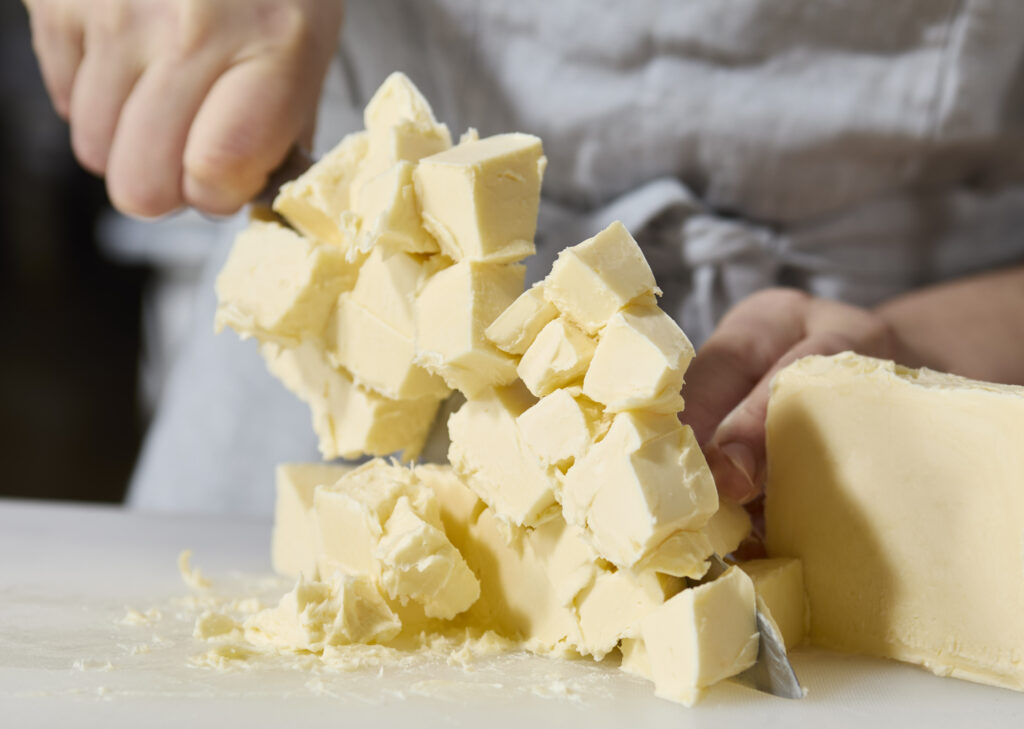
Photo Credit: Savor
“Life on Earth is carbon-based, meaning both we and the food we eat are made of carbon,” says Kathleen Alexander, co-founder and CEO of Savor—and one of Inc. Magazine’s 2025 Female Founders 500, 2025.
The California startup made waves last year with a rich, creamy butter made not from cows, but carbon dioxide. Since then, Savor has been steadily expanding its operations to scale production to 100 kg per week by mid-2025.
Backed by Bill Gates (who led the startup’s seed round in 2022), Savor is using captured carbon to reimagine fats used in food today.
In a culinary landscape increasingly shaped by sustainability, California-based startup Savor has introduced a groundbreaking innovation: a butter-like fat created with carbon and completely free of animal-based ingredients. On the third anniversary of its founding, Savor is not only celebrating a technological milestone, but also its recognition as one of Fast Company’s Most Innovative Companies of 2025.
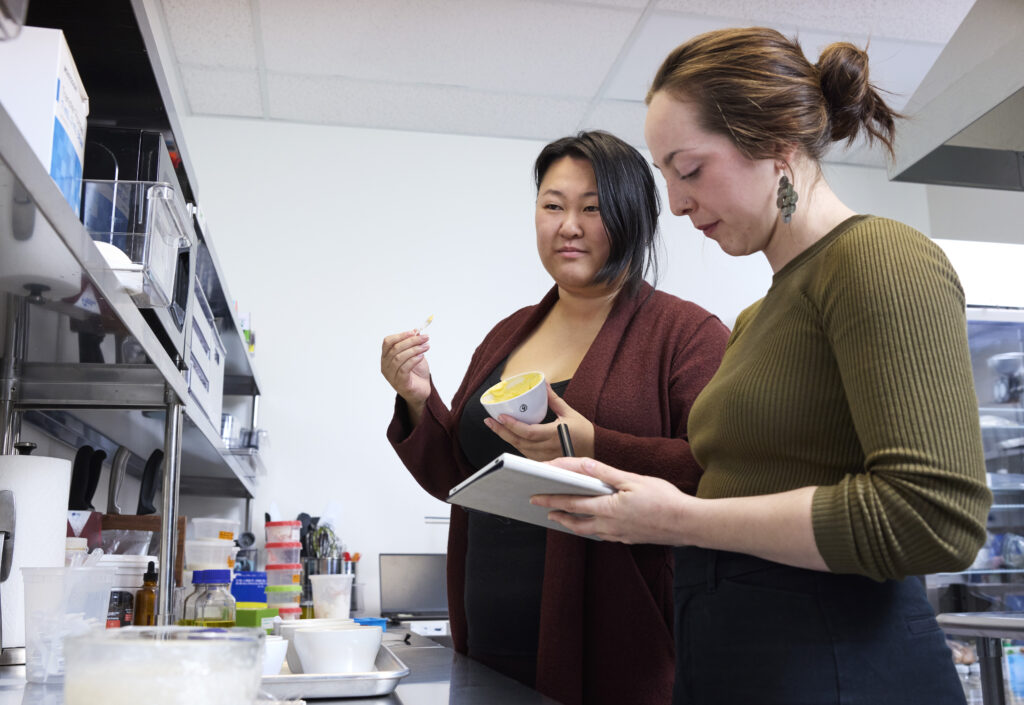
Crafting a carbon-based butter alternative | Photo Credit: Savor
Tech-Driven Taste Meets Sustainability
Developed after years of research and regulatory navigation, Savor’s proprietary fat offers a scalable, versatile, and sustainable alternative to conventional dairy butter and palm oil—a move that could reshape restaurant menus and supply chains.
What sets this product apart is its origin story. Unlike plant- or lab-based alternatives that rely on agricultural inputs, Savor’s fat is created using carbon, likely captured from renewable sources, though specifics remain proprietary. The result is a low-carbon equivalent to widely used fats, aiming to reach price parity faster than many of its sustainable peers.
“Savor was founded to find the most sustainable way to feed humanity,” said co-founder and CEO Kathleen Alexander, who was recently named one of Inc. Magazine’s 2025 Female Founders 500. “Truly sustainable solutions can’t just reduce our environmental footprint—they have to be affordable, approachable, and craveable.”
That trifecta: economic feasibility, culinary excellence, and ecological impact, forms the backbone of Savor’s pitch to the industry. The company believes its technology is the only platform capable of replacing high-impact fats like palm oil and animal-derived butter with a lower-emissions option at commercial scale within the decade.
Adoption by Culinary Leaders
Savor’s early traction with high-profile chefs is a strong indicator of its culinary viability. Restaurants and bakeries in the San Francisco Bay Area and beyond have already begun experimenting with the product, including Chef Kyle Connaughton of Single Thread and pastry chefs Juan Contreras of Atelier Crenn, and Clement Goyffon at ONE65. Their feedback: the product delivers the rich flavour and performance chefs expect, but with a fraction of the environmental impact.
A short film on Savor’s website highlights Contreras reinventing classic brioche using the fat substitute, therefore proving that the ingredient isn’t just a novelty, but a functional component in high-end pastry.
Savor’s alternative butter has also been tested with real consumers. During San Francisco Climate Week, Savor partnered with Jane the Bakery to give away croissants made using their butter and locally grown, freshly milled grains. These buttery, flaky treats, boasting a lighter environmental footprint, were warmly received and even earned a mention in Forbes.
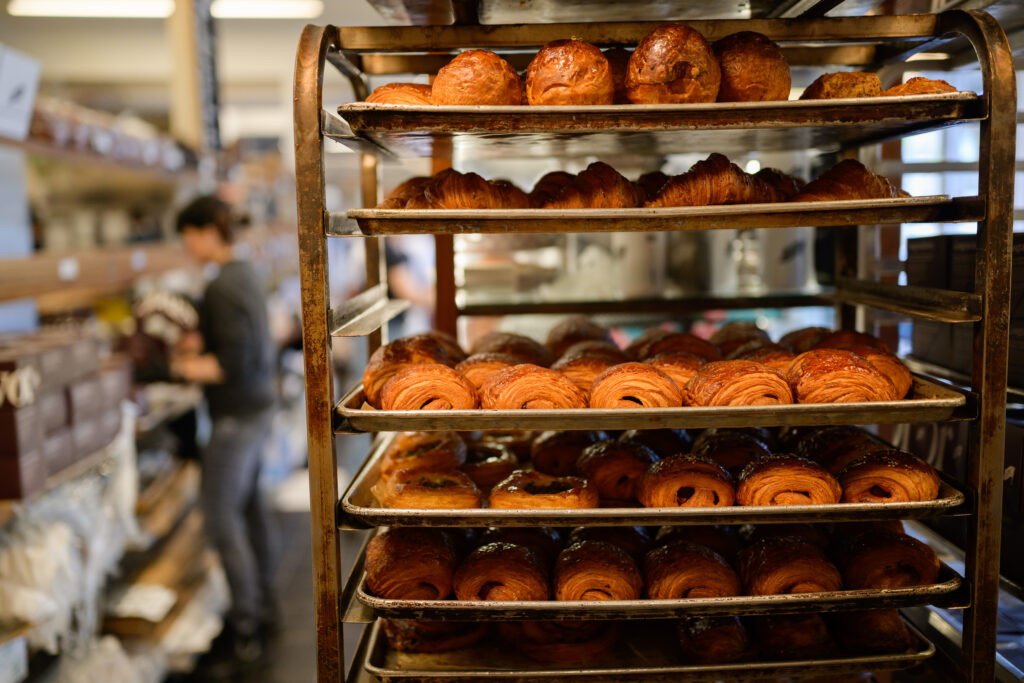
Savor partnered with San Fransisco’s Jane the Bakery to give away croissants made using their butter | Photo Credit: Savor
B2B Impact and Market Potential
Savor’s fat is engineered to be versatile and customisable, offering fatty acid profiles that can be tuned to match various performance needs across foodservice and packaged goods. This makes it highly appealing for food manufacturers and R&D teams seeking to reduce reliance on unsustainable fats without compromising on taste or texture.
The company is already in advanced negotiations with several multinational consumer packaged goods (CPG) firms for joint development projects. These partners are reportedly impressed by the tunability and application breadth of Savor’s platform—from baking to frying, and from creamy sauces to frozen desserts.
This could significantly accelerate adoption across not just restaurant kitchens, but also the broader industrial food system.

Founder Kathleen Alexander at the Savor launch dinner | Photo Credit: Savor
Will Chefs and Restaurateurs Buy In?
For chefs and restaurateurs, the decision to adopt a new fat hinges on three key factors: flavour, functionality, and consistency. According to early adopters, Savor checks all three boxes. But perhaps more importantly, in 2025, its sustainability credentials offer an edge in storytelling and customer engagement.
Menus increasingly tout environmental stewardship, and Savor’s fat could become a selling point in the same way locally sourced or regenerative ingredients have. If the product continues to perform and pricing remains competitive, Savor may not just be offering an alternative fat, but a whole new category.
With its carbon-derived fat, Savor is betting that better butter doesn’t have to come from a cow—or even a plant. If the technology scales as planned and culinary momentum holds, 2025 may mark the start of a major shift in how kitchens and companies think about fat.
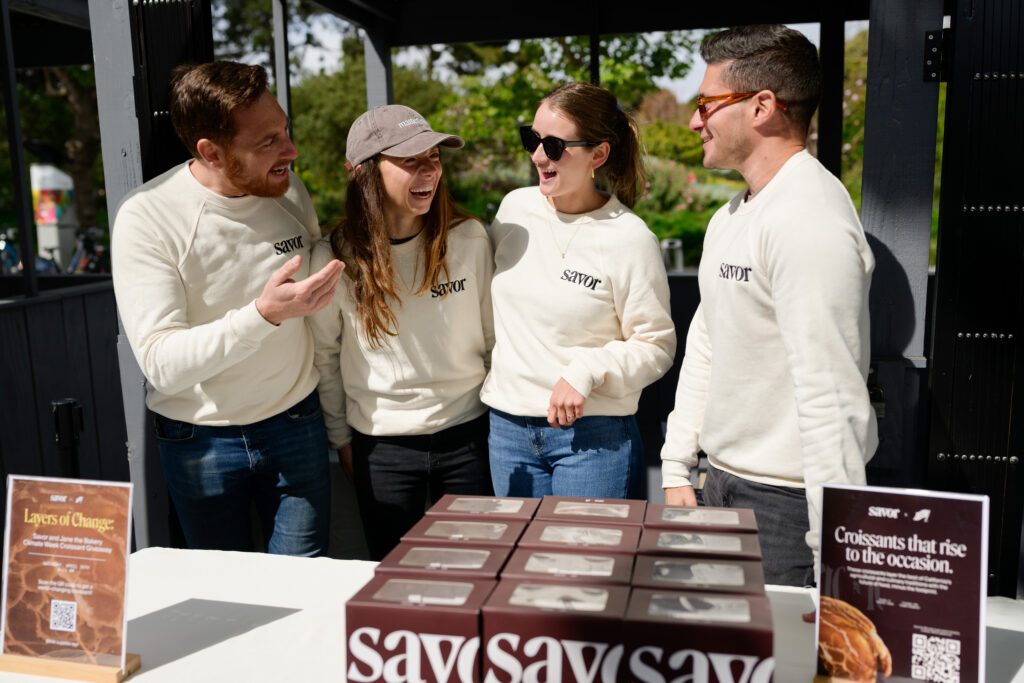
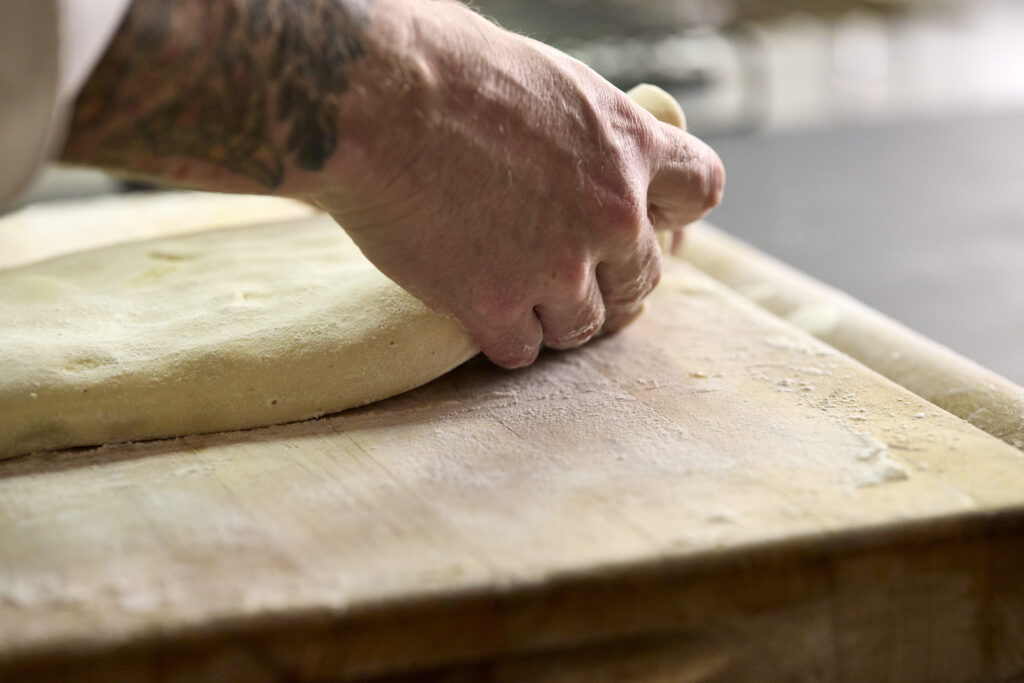
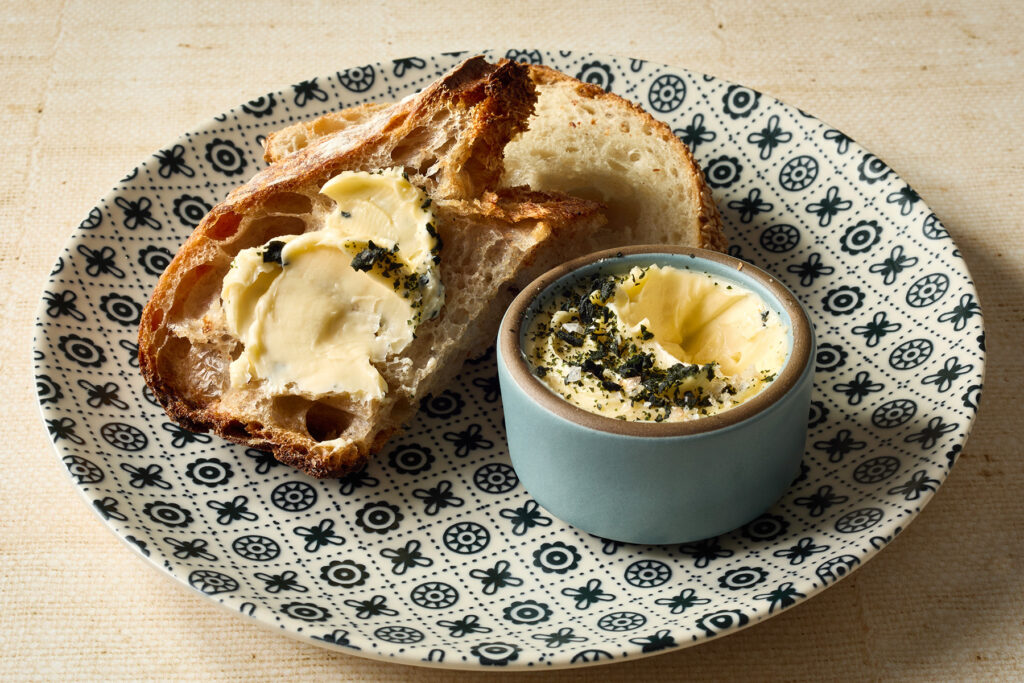

Photo Credit: Savor
Author: Priyanka C. Agarwal
Priyanka is a writer, editor and storyteller. Her words have appeared on the print and online pages of The South China Morning Post, SilverKris, Her World, The Michelin Guide, Time Out, and more. She has also created custom content for leading brands like Sentosa, Mediacorp Special Projects, Asia’s 50 Best, IKEA, and Meat and Livestock Australia. Her expertise includes food and drink, wellness, luxury and travel.



